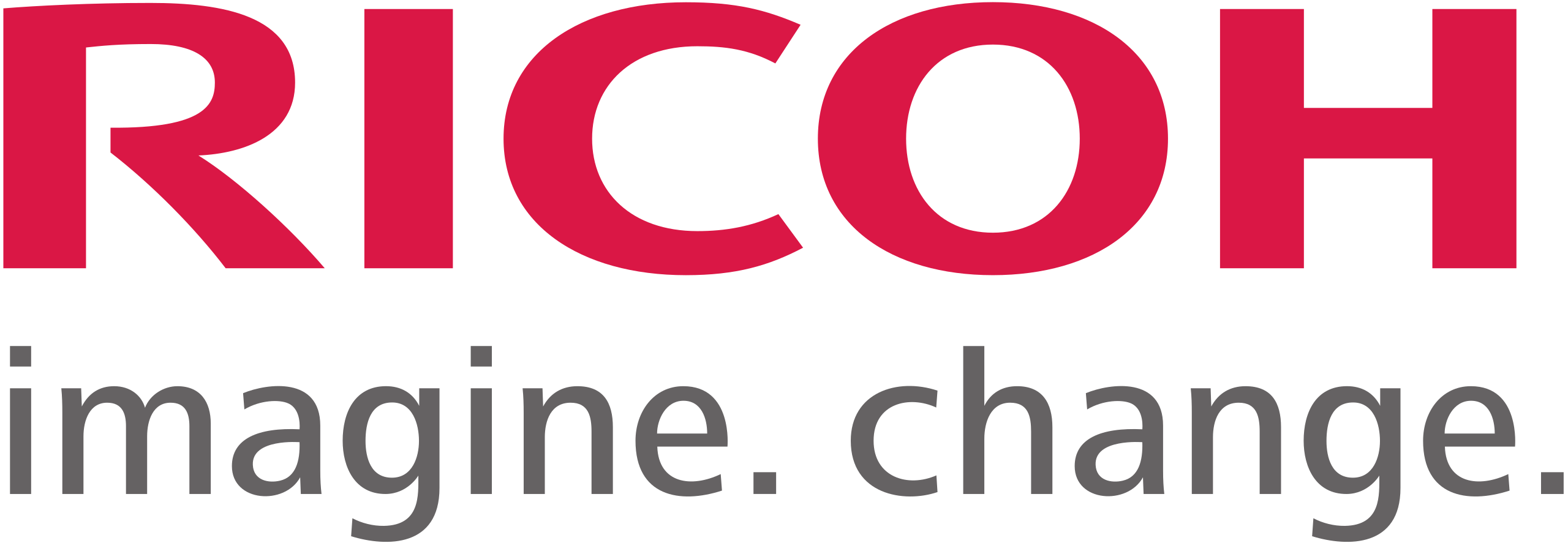7 min read
Key Steps and Best Practices to Implement a Document Management System
By:
Standley Systems Staff
on
May 9, 2024
Updated: May 27, 2024

With the total amount of data created expected to grow beyond 180 zettabytes by 2025, the challenge isn’t just storing your data, but also easily accessing it whenever needed. That’s what a document management system (DMS) for small businesses does.
Such a system collects and stores files in the cloud — like a digital vault — and makes them accessible to the entire workforce. Every employee with whom the data is shared can access these fail-safes from anywhere.
However, implementing a document management system is a tough task for small businesses. Let’s discuss some key steps for simplifying the implementation.
How do Document Management Systems work?
A DMS collects, stores, and organizes a business’s critical files and documents in the cloud. This makes information easily retrievable and trackable for everyone.
The DMS aims to reduce the organization’s costs by optimizing the entire lifecycle of your documents — from creation and distribution to storage and destruction.
The key features of a document management system for small businesses include:
- Storage: saves documents digitally
- Retrieval: creates metadata for easy file retrieval
- Verification: detects inconsistencies and inaccuracies in the data
- Security: strengthens the confidentiality of the data
- Integration: enables other applications to manage documents
- Collaboration: facilitates document sharing for seamless collaboration
Benefits of a Document Management System for Small Businesses
Document management systems benefit businesses in a wide range of aspects, including but not limited to the following.
Better Efficiency and Productivity
An efficient DMS helps you access documents just by searching for their specific metadata. It takes just a few seconds, boosting your business's overall efficiency and productivity.
Enhanced Security
Paper documents are vulnerable to loss, theft, or damage. An efficient DMS stores and protects data through robust security features like encryption, disaster recovery, and automatic backups. Moreover, a robust DMS for small businesses helps facilitate regulatory compliance.
Cost Savings
With digital recordkeeping, your business uses less paper, energy, transportation, and warehousing — all of which results in significant cost savings. A DMS also supports remote work, which puts less stress on the environment.
Case Study on document management syste,s: Zarrow Family Foundations
Managed IT services like Standley Systems ensure companies get all the benefits with their DMS implementation. Recently, for example, Standley Systems helped Zarrow Family Foundations eliminate 50% of its paperwork, increase its productivity by 50%, and save $2,500 annually in paper, copy, storage, and print costs with GlobalCapture®, Square 9’s document capture automation software.
Key Steps to Implementing a Document Management System
Here are five crucial steps you should take to execute your document management strategy.
1. Assessing Your Needs
The first step is to conduct a thorough assessment of your business's needs. This requires you to sit with all of the important parties to discuss your pain points, requirements, and existing document management process.
The primary goals of a DMS for small businesses include:
- Ensuring compliance
- Boosting productivity
- Streamlining workflows
- Reducing costs
- Enhancing collaboration
Evaluating your needs from the start will lay the perfect groundwork for your DMS implementation.
2. Planning the Implementation
After identifying your needs and goals, the next step is to plan the DMS implementation. Make sure your plan is as detailed as possible, including the scope, objectives, budget, and timeline for the implementation.
Now, search for the DMS that best aligns with your established requirements. At this stage, you should also focus on resource allocation. Focus on the most important areas and establish success metrics to track the performance of your implementation process.
3. Configuring and Customizing the System
Once you’re done with planning, you can figure out the best ways to configure and customize your chosen DMS. Modify the system’s architecture to fit your business’s workflow.
When it comes to configuration, your DMS should have defined access controls, security settings, metadata schemas, and integration points with other systems. Keep testing different configurations until you find the setup that best meets your organization’s requirements.
4. Safely Migrating Your Data
Now comes the data migration. Before moving your data, you should clean and organize your existing data and, more importantly, back it up. After making the backup, develop your data migration strategy by defining your rules, mapping your data fields, and ensuring data security.
Remember, your migration process should be distributed in phases. This prioritizes the transfer of critical data and reduces any disruptions to your operations. Once all of the data is transferred, perform validation checks to ensure accuracy.
5. Training and Support
Your final step should be educating your staff on using the newly implemented DMS. To that end, you should develop valuable training materials and offer 24/7 technical support. For example, you can establish a user forum and help desk service.
Best Practices in DMS Implementation
When implementing a document management system, keep these four best practices in mind to ensure its success:
- Engaging all stakeholders early: Always include all the stakeholders in the DMS implementation, from the first step of the process. This keeps everyone on the same page starting on day one, making them feel equally involved in the project.
- Clear communication: You should transparently disclose everything so all stakeholders have realistic expectations for the implementation process. Also, make sure to give regular project updates to the relevant parties to keep them in the loop.
- Pilot program: Never fully deploy a DMS without testing it on a smaller scale. Testing allows you to identify and address potential issues before rolling the system out. Plus, you can also iterate based on the feedback you receive before implementing the system company-wide.
- Regular reviews and optimization: A business’s needs continuously evolve. Regular reviews ensure your DMS is still aligned with and optimized for your organizational goals.
The Importance of Partnering With Experts in document management
When you're implementing a DMS, partnering with experts can be particularly helpful in the following areas:
- DMS search: Their experience will enable you to find the most suitable document management system for small businesses.
- Data migration: Their knowledge will help facilitate a smooth data transition.
- Training and support: They can provide comprehensive training programs that are customized to different user roles.
When choosing a DMS partner, make sure to pick one with a proven track record and expertise in your specific industry.
A document management system collects and stores a business's critical documents in one safe, easily accessible digital vault.
You can easily implement a DMS by assessing your business's needs, customizing the system, and migrating your data in a safe, secure way. If that sounds like too much for you to manage on your own, you can connect with the experts at Standley Systems and let them do the heavy lifting on your behalf.
Contact us today to learn more about how we help companies implement DMS solutions without the hassle!

 800-522-3725
800-522-3725 info@standleys.com
info@standleys.com Support
Support











